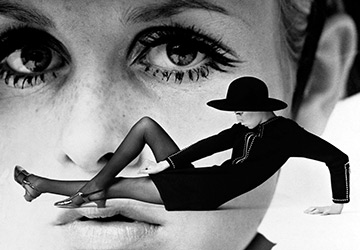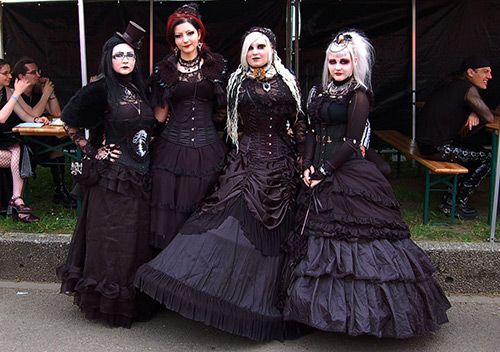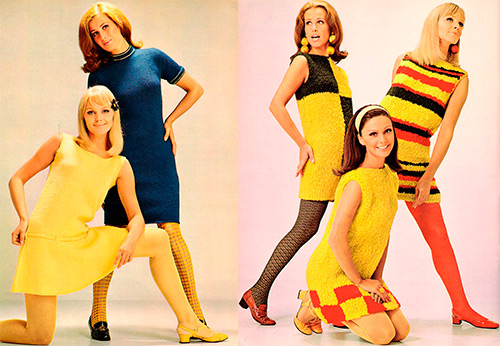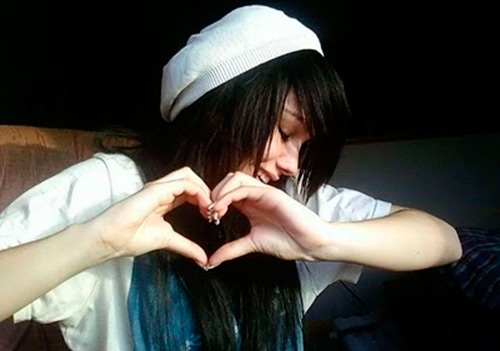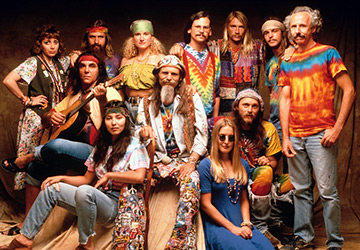Style
Youth subculture of mods
Today we will remember the history of the youth subculture of mods. This subculture largely determined the spirit and style of the 1960s.
Mods (mod - short for "modernist") emerged in 1958 in the East End, which is predominantly a working-class part of the East End. The decline of the subculture began in 1966. But in eight years they have become the most stylish youth subculture that designers still remember with longing.
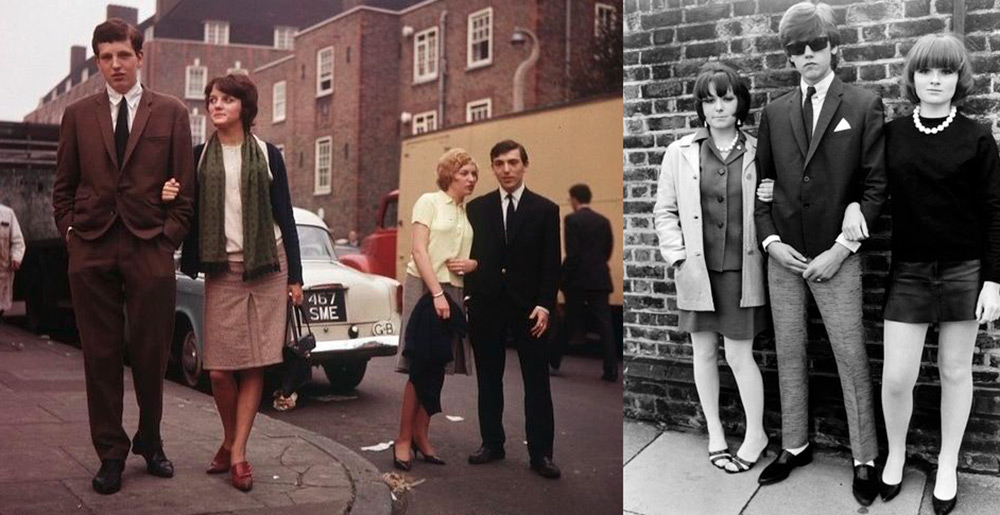
Mod subculture history
By 1956, the first generation of Britons was growing up, who did not see the war (thanks to the baby boom that swept through all the countries participating in World War II, by the late 1950s - early 1960s in Britain, almost 40% of the population were people under the age of 25 years). They lived a little better off than their parents. Their education was slightly better than that of their elders due to the reforms.
These young people saw the life of their parents gray and boring, they did not want to live the same dull life as moms and dads with excessive work and lack of entertainment, in gray clothes. This is how a new generation of protests was formed, which sharpened the problem of fathers and children.
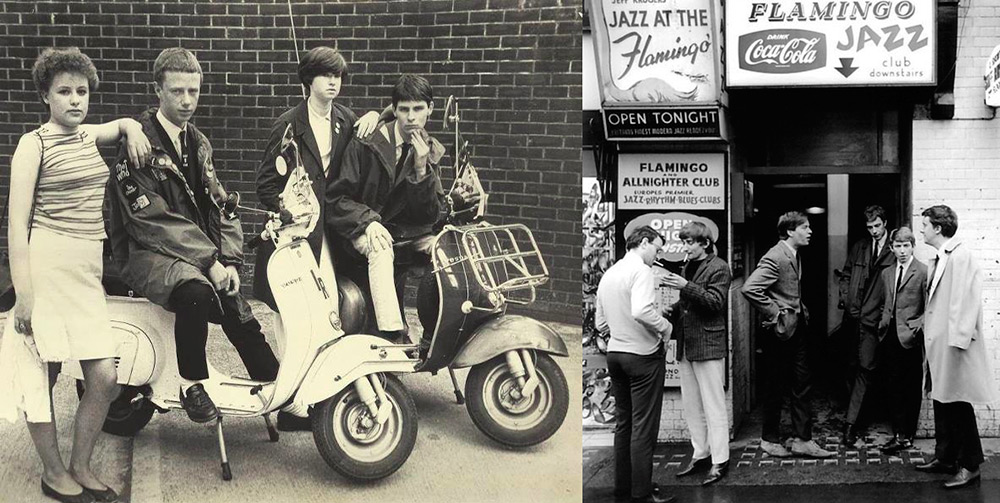
In 1955, the song Rock Around The Clock was released. She attracted the attention of young people with brisk rhythms. Around the same time, a major exhibition of contemporary (modernist) art was held in Britain. Italian neo-realism and the French new wave in cinema were gaining popularity. Young Brits from the working class were attracted to a different style of behavior and way of life, who worked as salesmen or clerks in offices, that is, they performed monotonous tasks.
Late fifties mod lifestyle - early sixties, - independent, freedom-loving, dressed perfectly down to the smallest detail, regulars of jazz clubs, driving around in Italian motor scooters and often using amphetamine and other substances, was not yet well known to the general public, but more and more young people joined him.
This was facilitated by the atmosphere of fashion-favorite coffee bars, where more and more young people from the working environment began to appear, and in addition to jazz, rhythm and blues were increasingly heard. Captivated by the excitement of music and entertainment, the young modernists, now from all walks of life, developed and refined their sense of style.
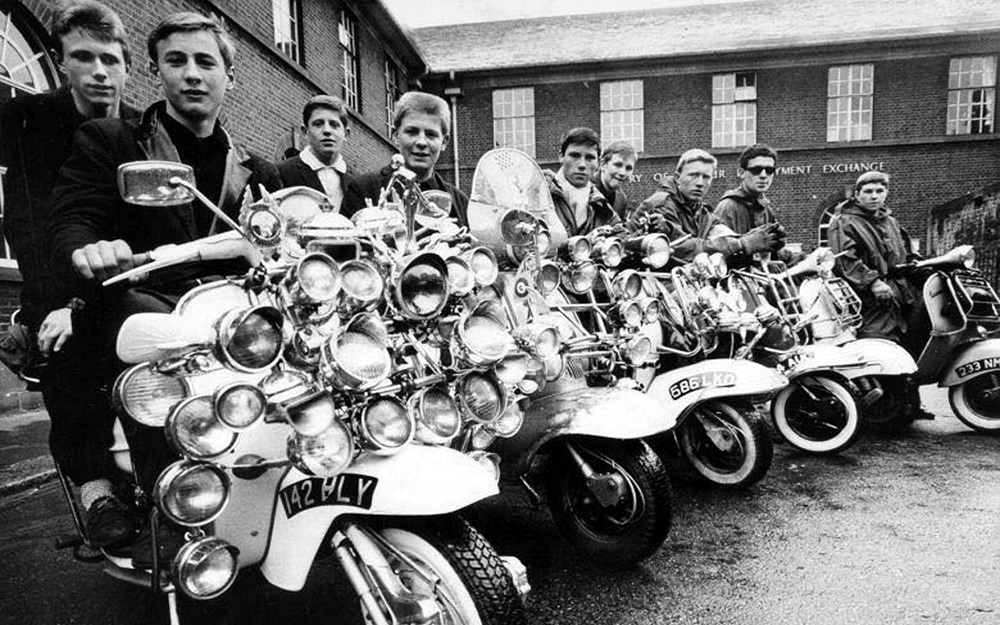
Fashion was originally an exclusively male subculture. At first they imitated teddy fights, but went beyond them in the cult of clothing. In 1958, a small group of guys began to walk around London in tailored Italian silk suits (colors ranged from gray and black to red, brown or green).
Narrow jacket lapels, tight ties, pointed leather shoes (usually loafers, moreover, slightly cropped trousers were preferred for their fashion demonstration), Oxford shirts, wool or cashmere turtlenecks, polo shirts with horizontal stripes, knitted V-neck sweaters, parka ... The look was completed with black glasses and a black bowler hat.
It is clear that such a wardrobe was not cheap. Mods could deny themselves food, just to save money for the next purchase. But getting the thing was half the battle. The main thing was to bring it to perfect condition: no folds, no wrinkles, no specks.
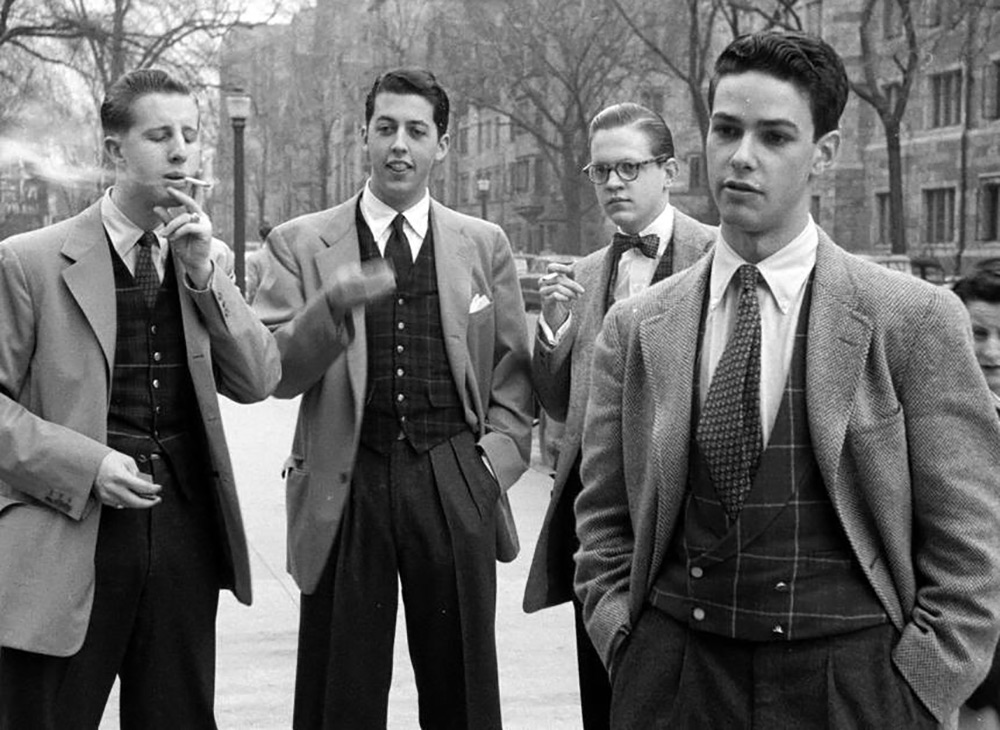
The guys of this subculture spent hours ironing clothes and polishing shoes. And then the same amount of time was spent on the hairstyle: dissolve sugar in hot water, cool and smoothly style the hairstyle. Short hair, hair to hair - finally, the fashion went out to people to socialize. It is worth adding that fashion of any sexual orientation did not hesitate to use decorative cosmetics to correct skin tone and even lipstick!
A person who considered himself a mod spent at least three days a week in companies.Coffee bars were a gathering place: unlike British pubs, they didn't close at night and had jukeboxes. The passion for music - jazz, blues and R&B - was another passion for mods. To stay awake for several days in a row, the mods used various stimulants and drugs.
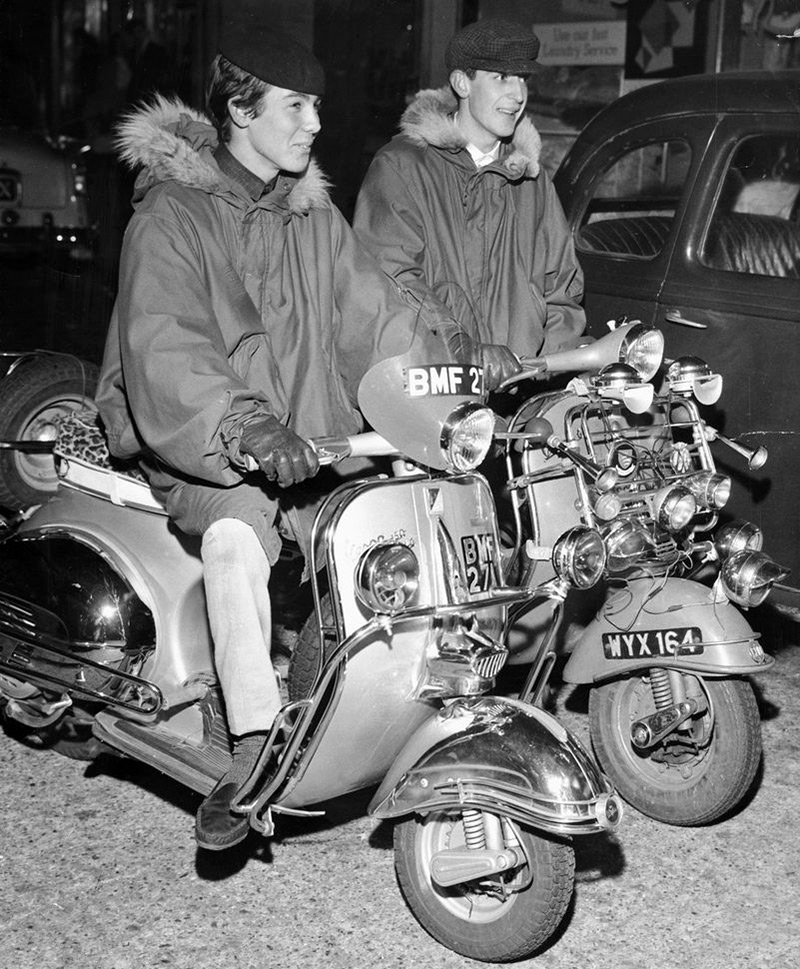
At first, fashions dreamed of open cabriolets, but the harsh reality forced them to switch to scooters. Just imagine - a stylishly dressed guy rushes by on a scooter, and even the hair on his head does not move. In 1960, most guys dreamed of being accepted by the mod subculture community.
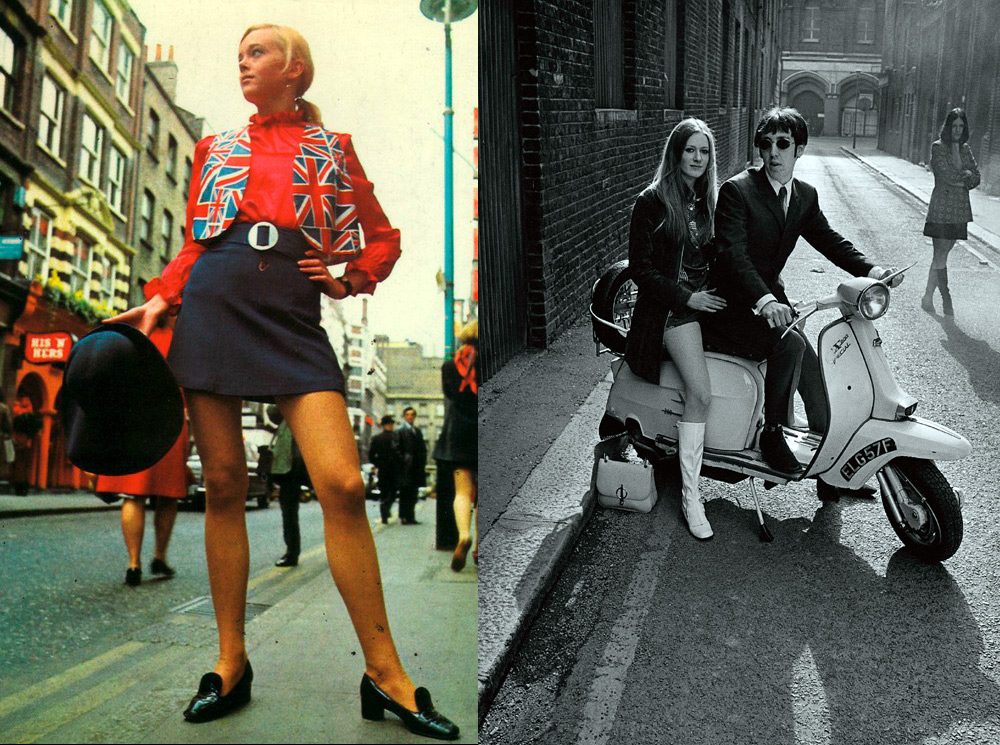
Subculture of mods and girls
Belatedly, the girls joined the mods. Short A-line dresses, miniskirts, ballet flats, boyfriend clothes, short haircuts, low-key makeup - this is how you had to look to be accepted into fashion. Mary Quant became the main designer for fashion girls.
With the increase in the number of mods, so did the attention to them from the music and fashion industries, as well as television. The development of the stylish subculture has had a profound impact on fashion around the world. "Swinging London", as journalists called this phenomenon, included the most varied manifestations of the cultural and sexual revolution of the sixties. The music was about the real "British invasion": the whole world listened to The Beatles, The Kinks, The Rolling Stones, The Who, The Small Faces and dozens of other English bands.
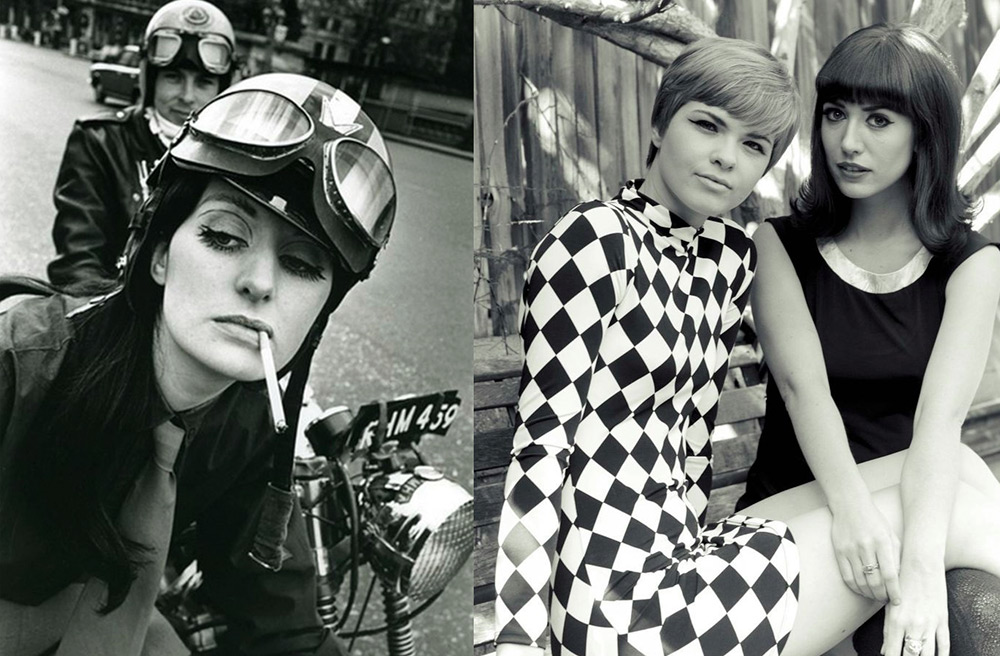
Gradually, the subculture began to acquire a commercial component and the style of its followers began to be dictated from the outside. Fashion brands decided to cash in on the youth subculture and began to impose objects of desire in every way.
By 1966, the first fashions had matured and had families, so they had no time to spend their nights in coffee bars and discos. In addition, new and new subcultures began to appear, which offered a greater variety of style and ideological component.
Gradually some mods degenerated into skinheads or switched to another movement, and many simply began to lead an ordinary life, much like the life of their parents. Therefore, very soon only memories were left of the mods.
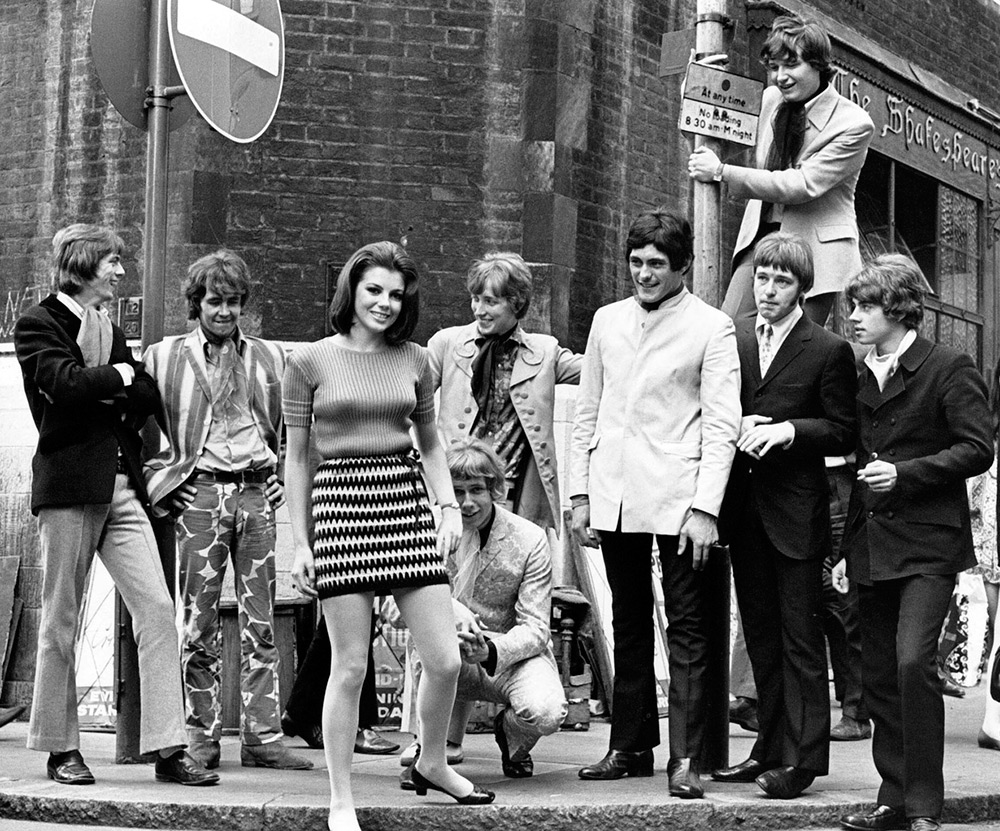
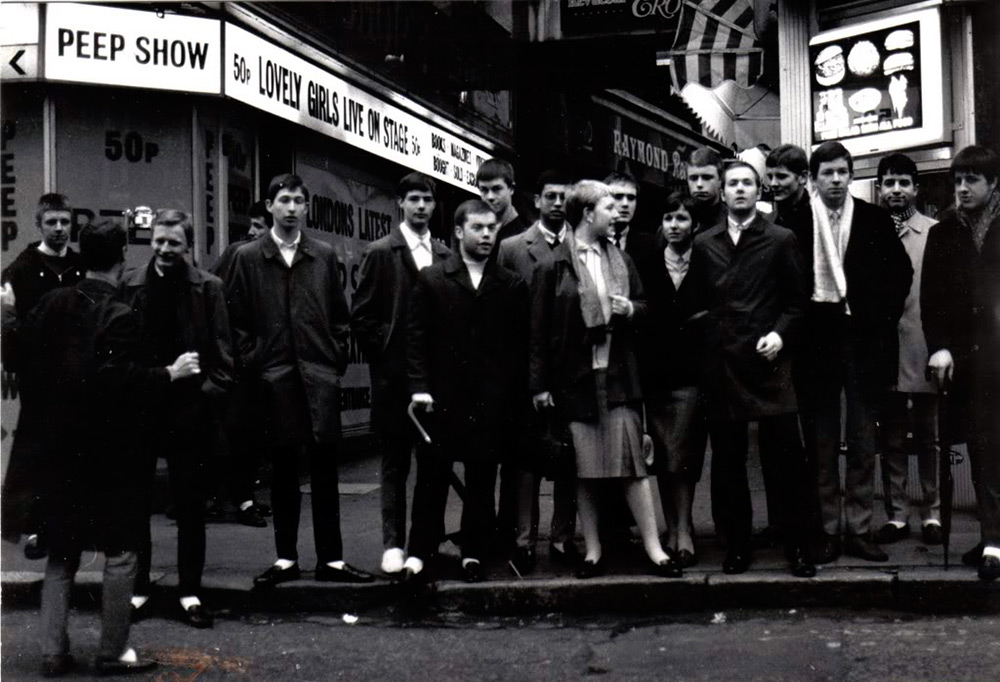
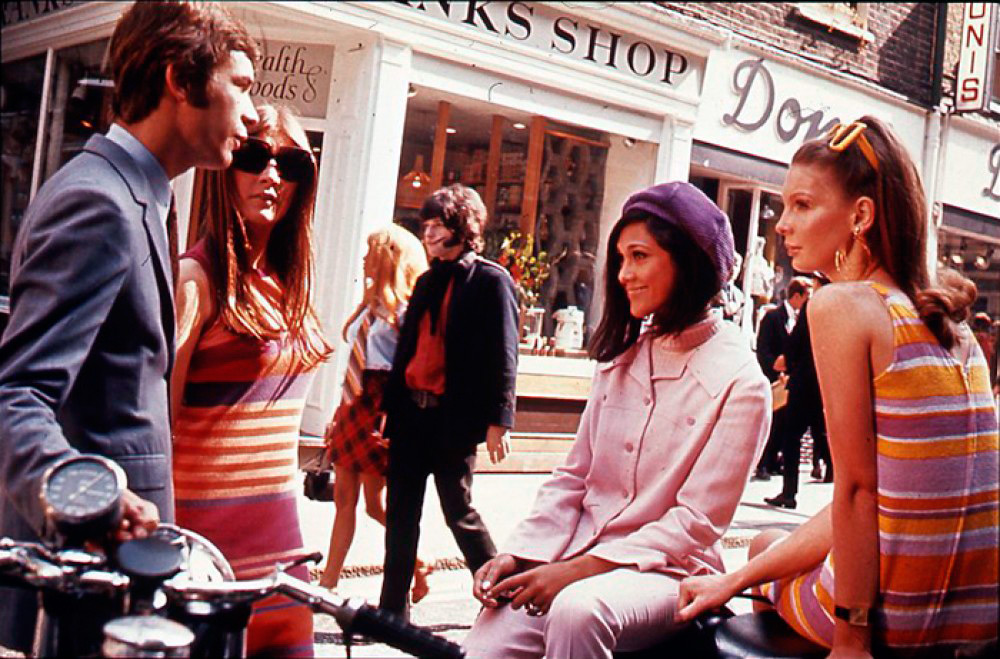
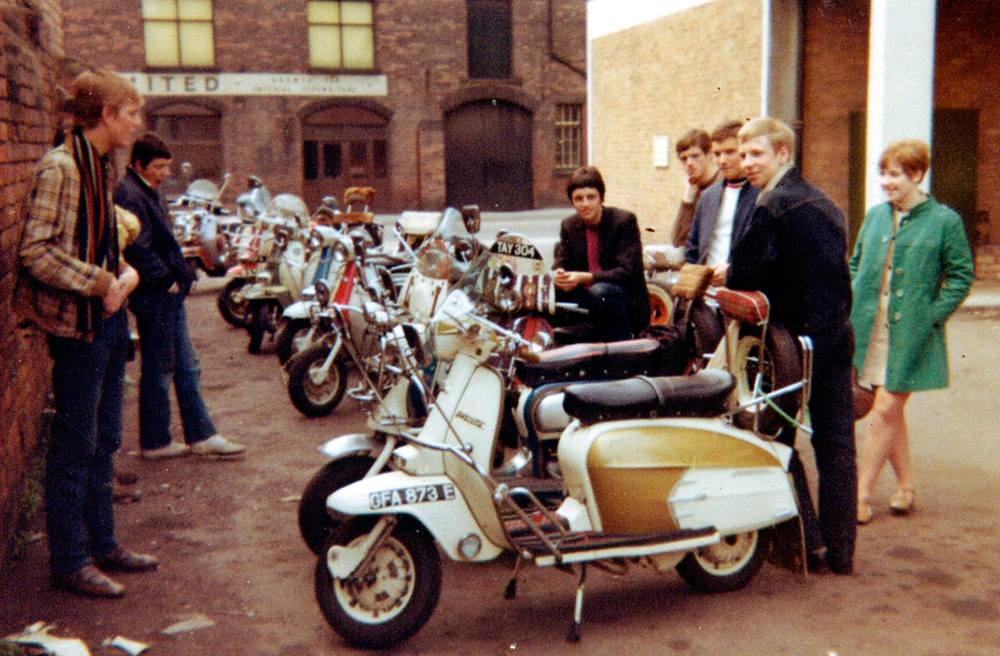
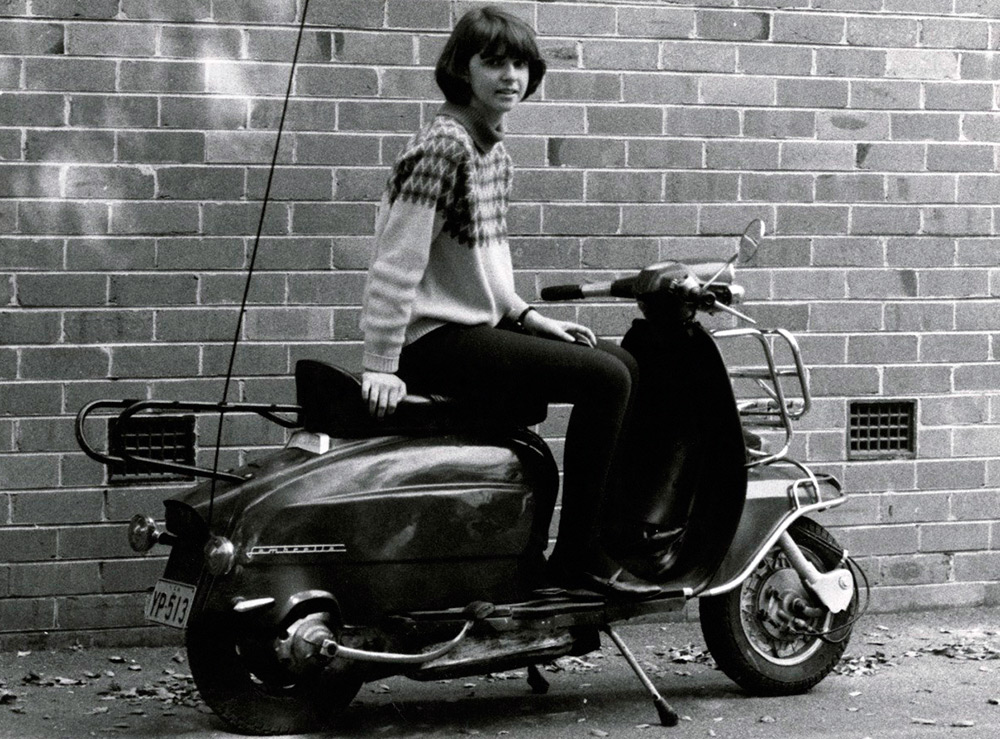
Comments and Reviews
Add a comment
Rating news
Shades of clothing that make women look younger
What shades of hair make women younger: rules and photos
Funny wedding dresses - photos and ideas
12 most expensive down jackets for the winter
How to look 25 at 40: tips from supermodels
Beautiful schoolgirls
Anti-aging haircuts and hairstyles for women
Fashionable skirts for autumn and winter
Fashionable women's trousers for the cold season
Fashionable and stylish sandals for summer 2024
Spring-summer 2024
 Fashionable dresses and tops with thin spaghetti straps
Fashionable dresses and tops with thin spaghetti straps
 Bandana tops: how to wear stylishly and beautifully
Bandana tops: how to wear stylishly and beautifully
 How to put together the perfect men's wardrobe for the summer
How to put together the perfect men's wardrobe for the summer
 Fashionable shorts for spring-summer 2024
Fashionable shorts for spring-summer 2024
 Fashionable skirts for spring-summer 2024: a guide to online shopping
Fashionable skirts for spring-summer 2024: a guide to online shopping
 The most fashionable dresses spring-summer 2024: styles and colors
The most fashionable dresses spring-summer 2024: styles and colors
 Fashionable total look 2024: image ideas and trends
Fashionable total look 2024: image ideas and trends
